Early Polynesian settlement unearthed in New Zealand
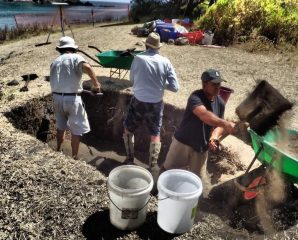
Archaeologists unearthed artefacts and remains of a settlement at Moturua Island, New Zealand, which might point to the arrival of the first Polynesians in the region, around 700 years ago.

Archaeologists unearthed artefacts and remains of a settlement at Moturua Island, New Zealand, which might point to the arrival of the first Polynesians in the region, around 700 years ago.

Workers conducting restoration works at a historical building under Muzeinaya Street in Omsk, Russia, unearthed a well-preserved skeleton of a warrior that is believed to date back between 2700-2900 years.
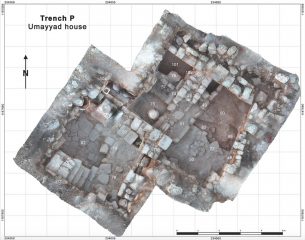
Excavations in the area of the Northwest Quarter of the ancient city of Jerash, Jordan, have unearthed a workshop used for mosaic construction. The building is believed to have collapsed during an earthquake in 749, turning the workshop into a time capsule.
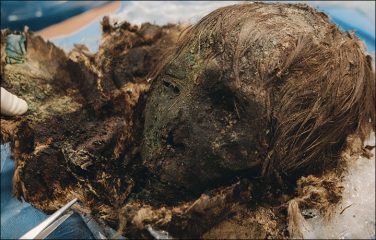
Archaeologists discovered a burial containing mummified remains of a female buried around 900 yeas ago at the site of Zeleny Yar, near Salekhard, Russia.

Analysis of stable carbon and nitrogen isotopes in the bones of early humans from the Buran Kaya caves on the Crimean Peninsula, Russia-occupied Ukraine, and the locally present potential prey animals such as Saiga, horses, and deer, revealed that early modern humans consumed more plants than Neanderthals but ate very little fish.
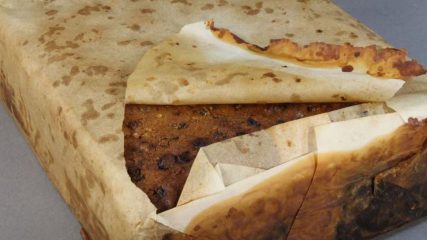
Conservators discovered a frozen fruitcake on Cape Adare, Antarctic, left 106 years ago by the team of the British explorer Robert Falcon Scott in the oldest building on the continent.
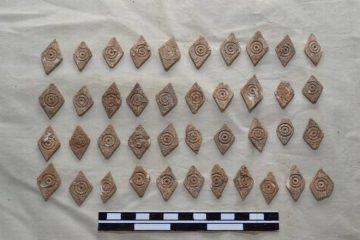
Around 50 pieces of bone ornaments dating back 4000 years have been discovered in the village of Narmetta, Hyderabad, South India.
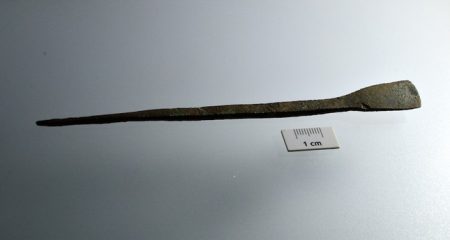
During excavation in the ancient city of Assos, Behramhale, Northeastern Turkey, a 1800-year-old writing tool has been unearthed. The tool, known as a stylus, is made of bronze and was used to write on wax tablets.
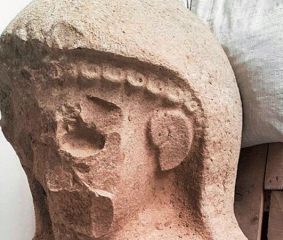
A 3000-year-old statue of a female was discovered at the site of Kunulua, also known as Tayinat, in South-East Turkey. The site was the capital of the Iron Age Neo-Hittite Kingdom of Patina. The statue is believed to be an image of one of the Hittite goddesses.
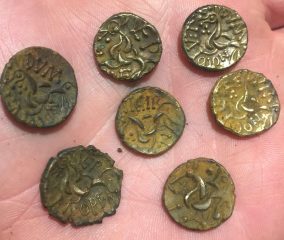
A hoard of silver and gold Iron Age coins were discovered by metal detectorists in Lincoln, United Kingdom. The coins pre-date the Roman invasion of Britain in 43 AD.
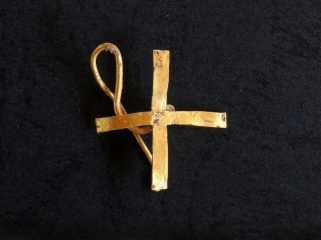
Large piece of gold and a golden earring were discovered among other artefact during this season of excavations in a Roman legionary fort at Novae, near Svishtov, Bulgaria.
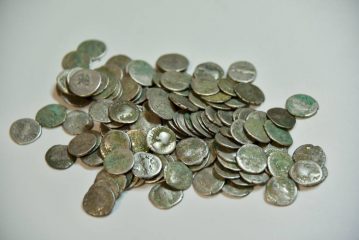
A trove of over 200 silver coins minted during 2nd century AD in the Roman Empire were discovered by an amateur at a site by the Świsłocz river, near Kuźnica, North-East Poland. It is the largest cache of coins found in the region.
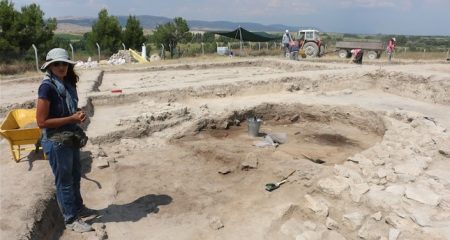
Archaeologist unearthed numerous artefacts at the site of the Neolithic mound of Ekşi Höyük, Denizli, West Turkey, that seems to date back 8600 years.

Police officers have seized a velvet wall carpet in Adana, East Turkey. The object is believed to be 1000 years old.

Four youths from Hamm, North-West Germany, uncovered a rifle dating back to World War 2 while taking a detour on their bikes through the Pilsholz neighbourhood.

Human remains dating back to between 1200-800 BC have been unearthed by construction workers at the site of a new metro project connecting Istanbul’s Kabataş-Beşiktaş-Mecidiyeköy-Mahmutbey districts.
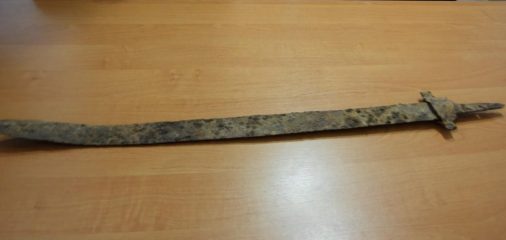
An Early Medieval sword from the Byzantine Empire has been discovered by a local official from Lesko, South-East Poland, while being on a stroll with a family in the nearby woods.
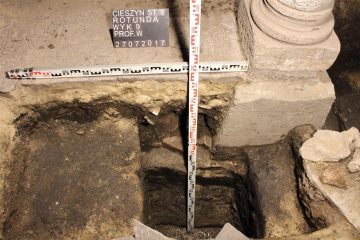
Archaeologists discovered remains of Celtic pottery vessels during excavations underneath the 11th-century Romanesque rotunda of St Nicolas in Cieszyn, South Poland.
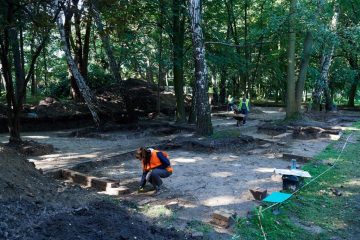
After successful last season archaeologists plan to excavate the remains of old barracks, administrative building, and the surrounding of the guardhouse no. 5 located once at the are of of the Polish Military Transit Depot at Westerplatte, Gdańsk, North Poland, the site of Polish resistance against German invasion in 1939.
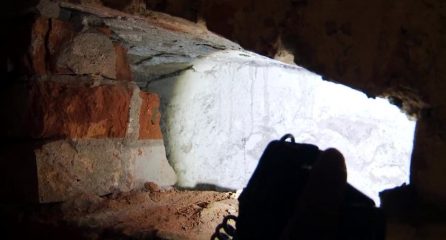
Researchers from the Polish Institute of National Remembrance started their investigation at the Victoriaschule building in Gdańsk, North Poland, where Polish citizens were detained and murdered by Gestapo in 1939 and the communist regime secret police in 1940s-50s. So far they found walled up and filled in corridors in the basement.